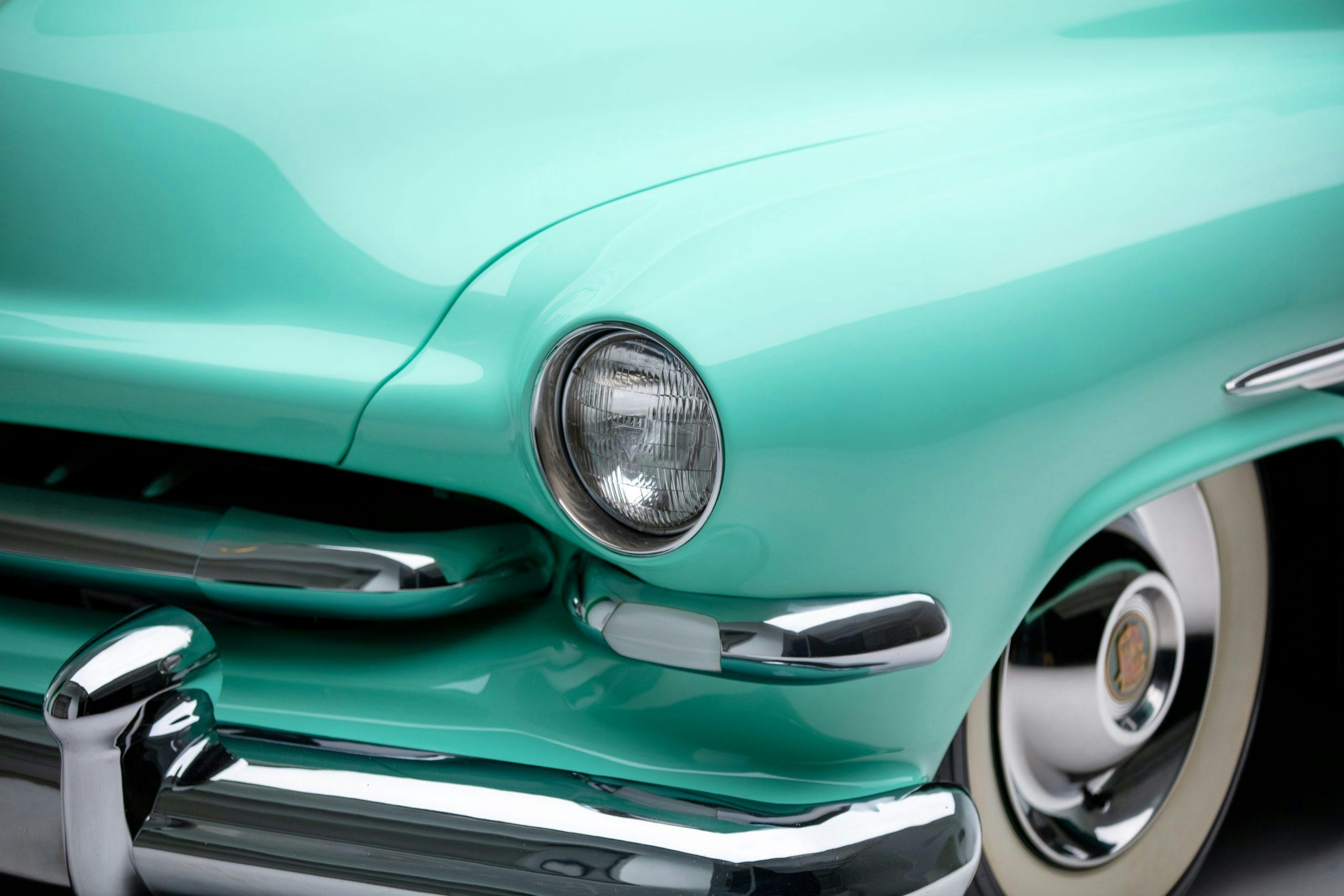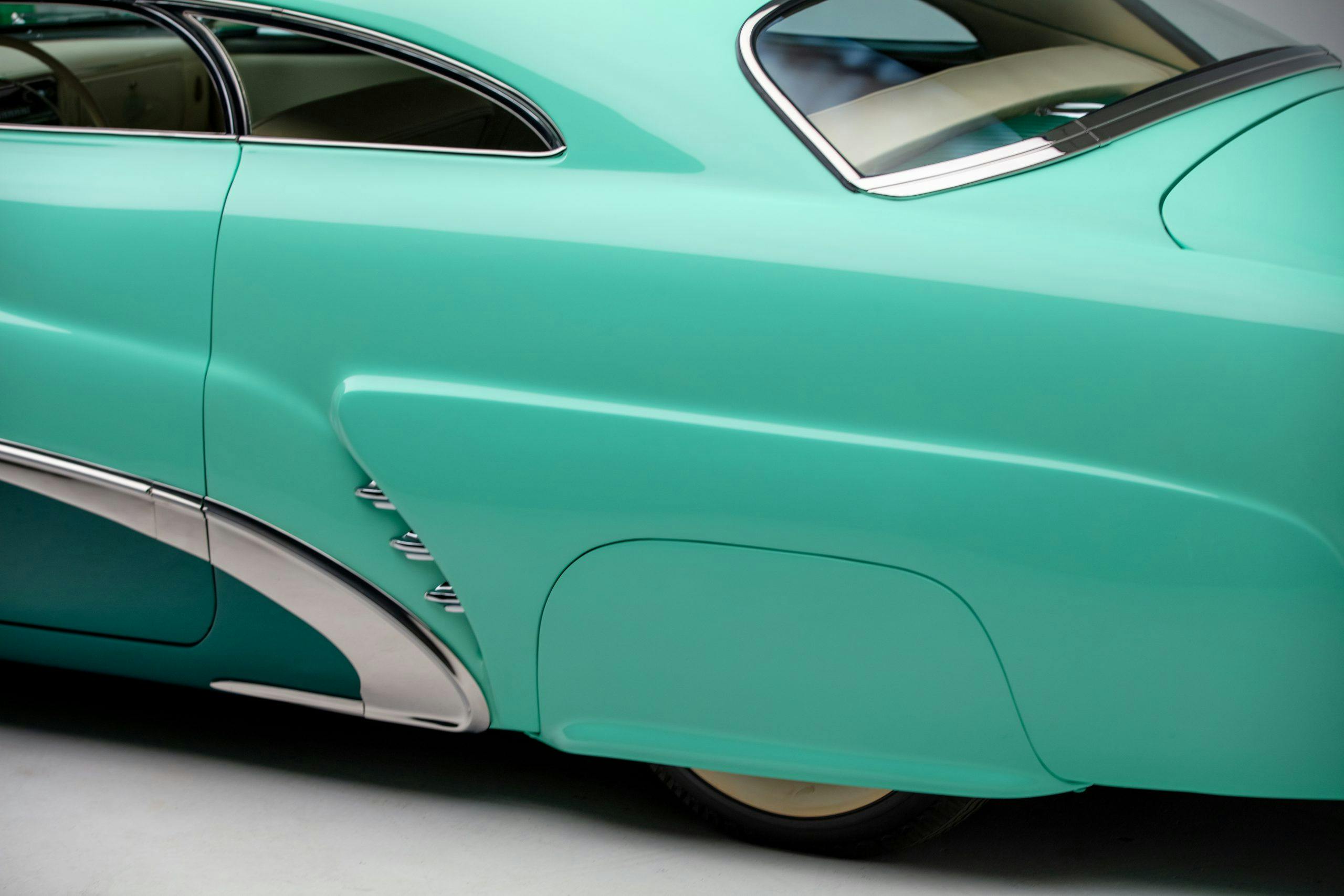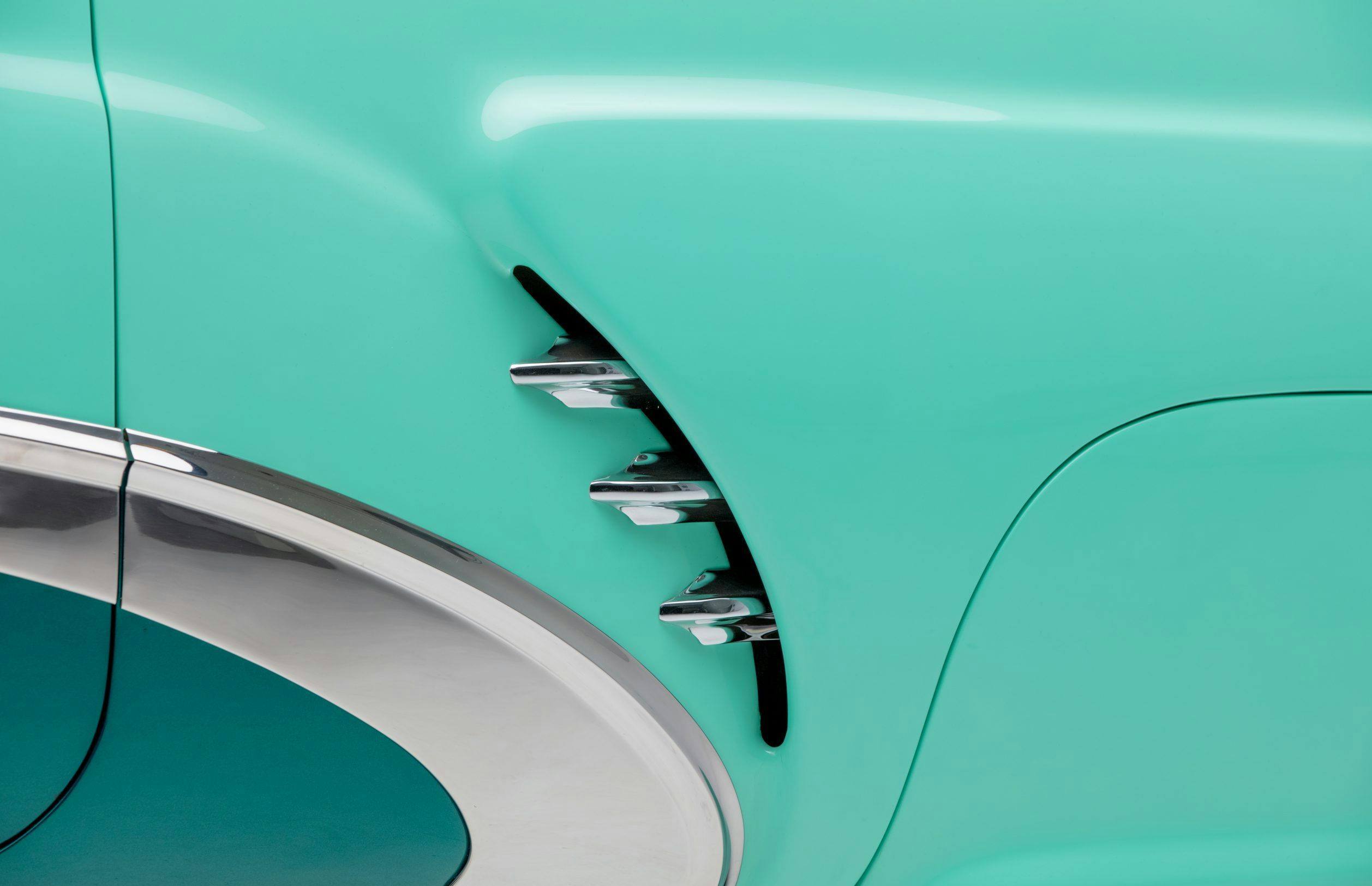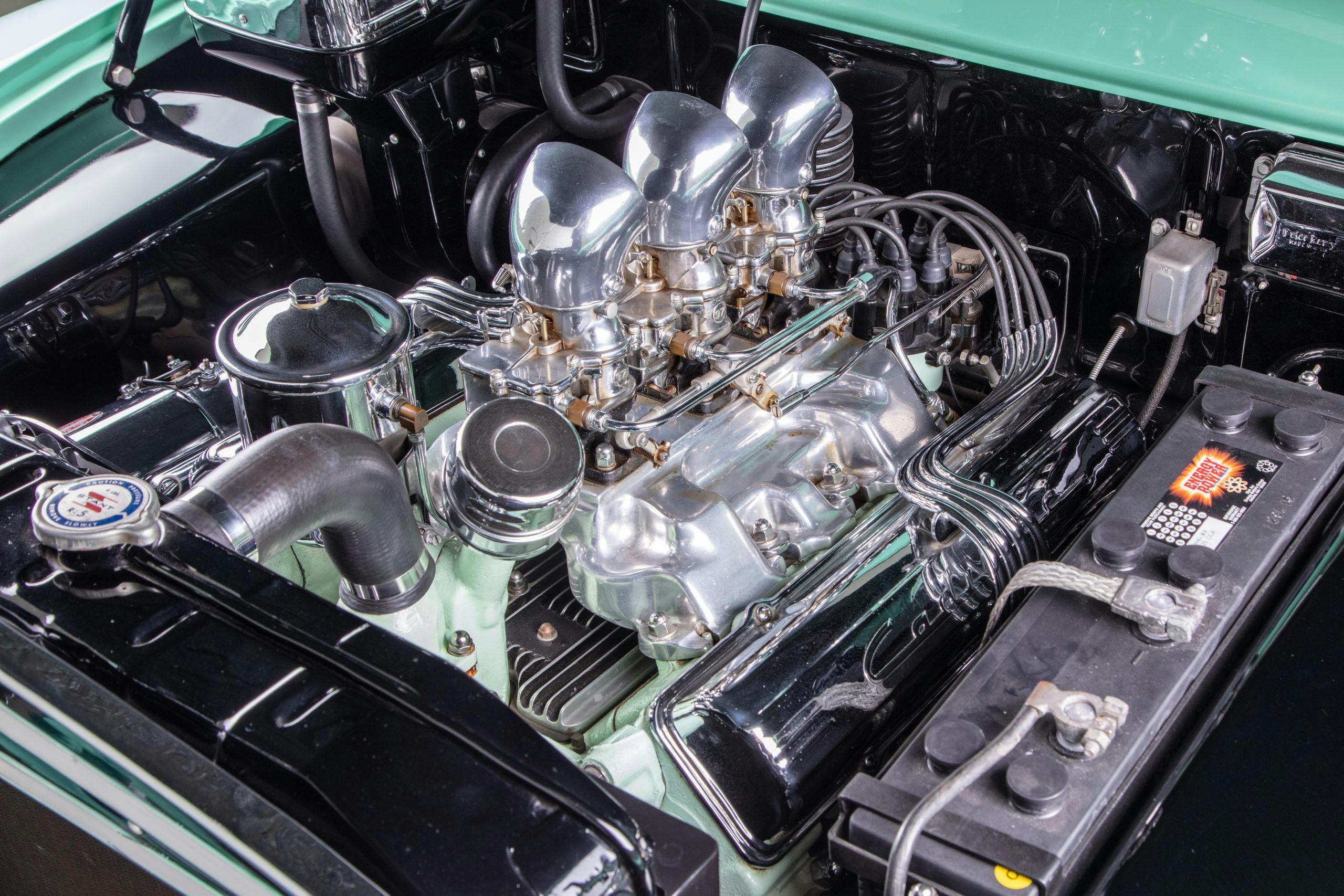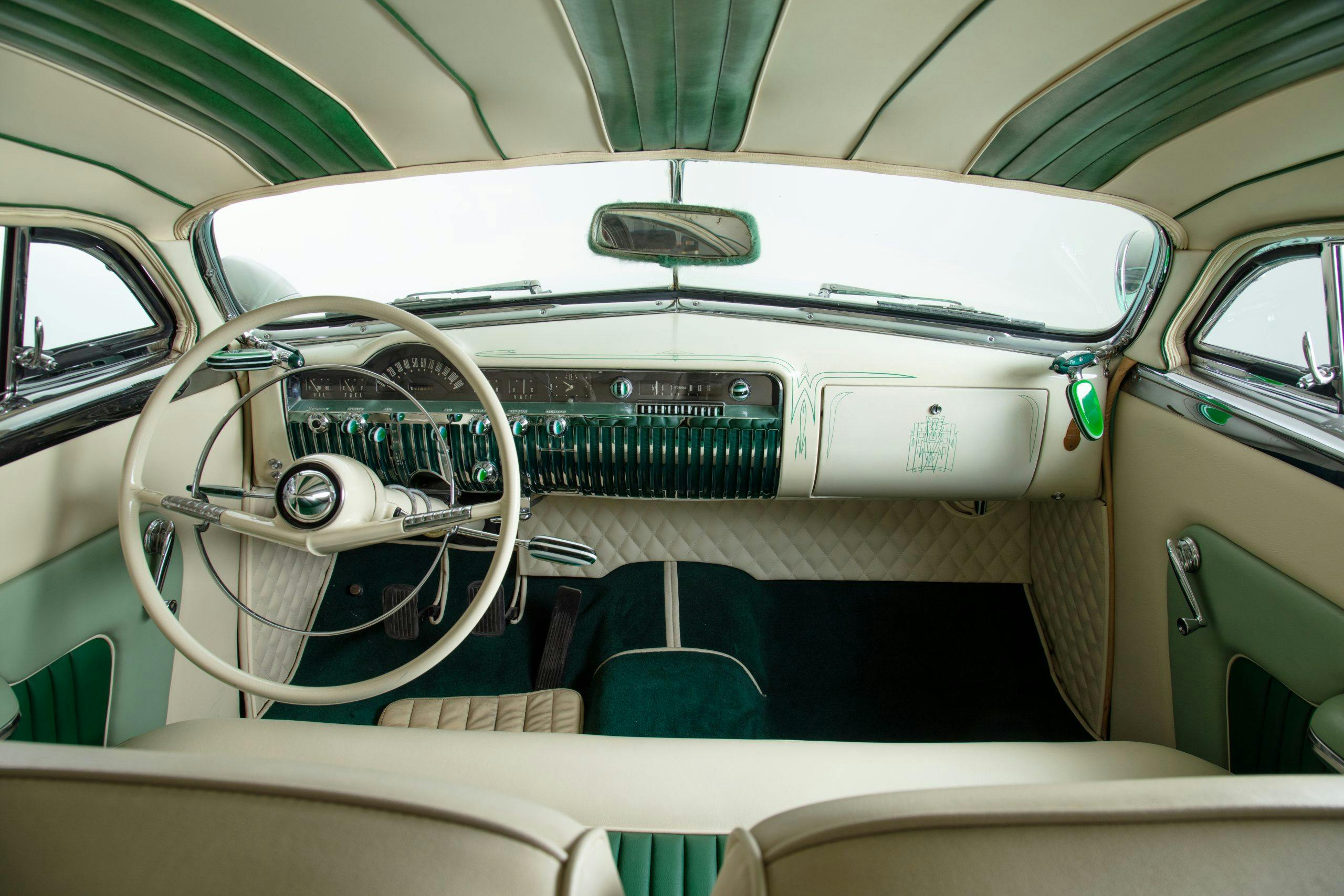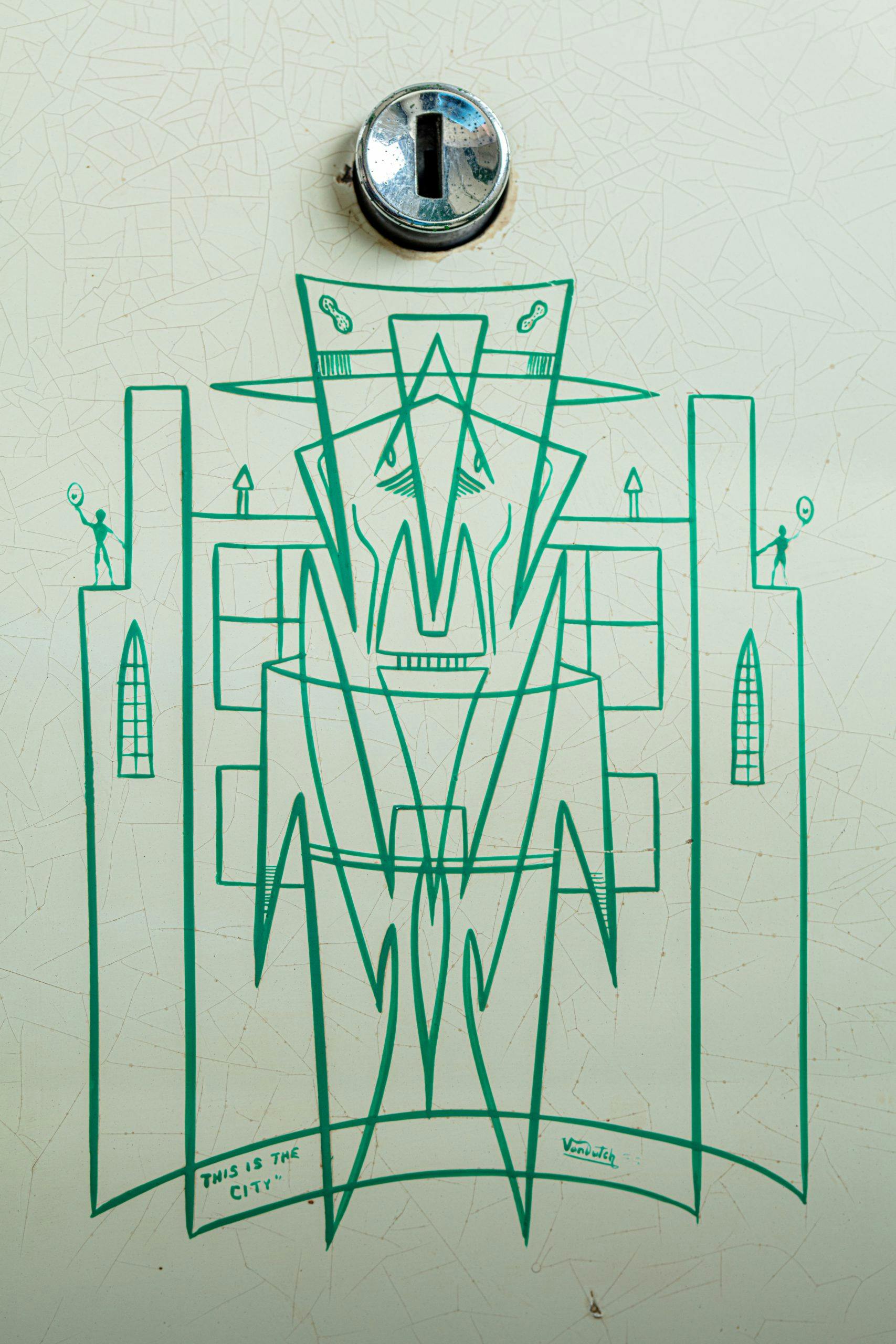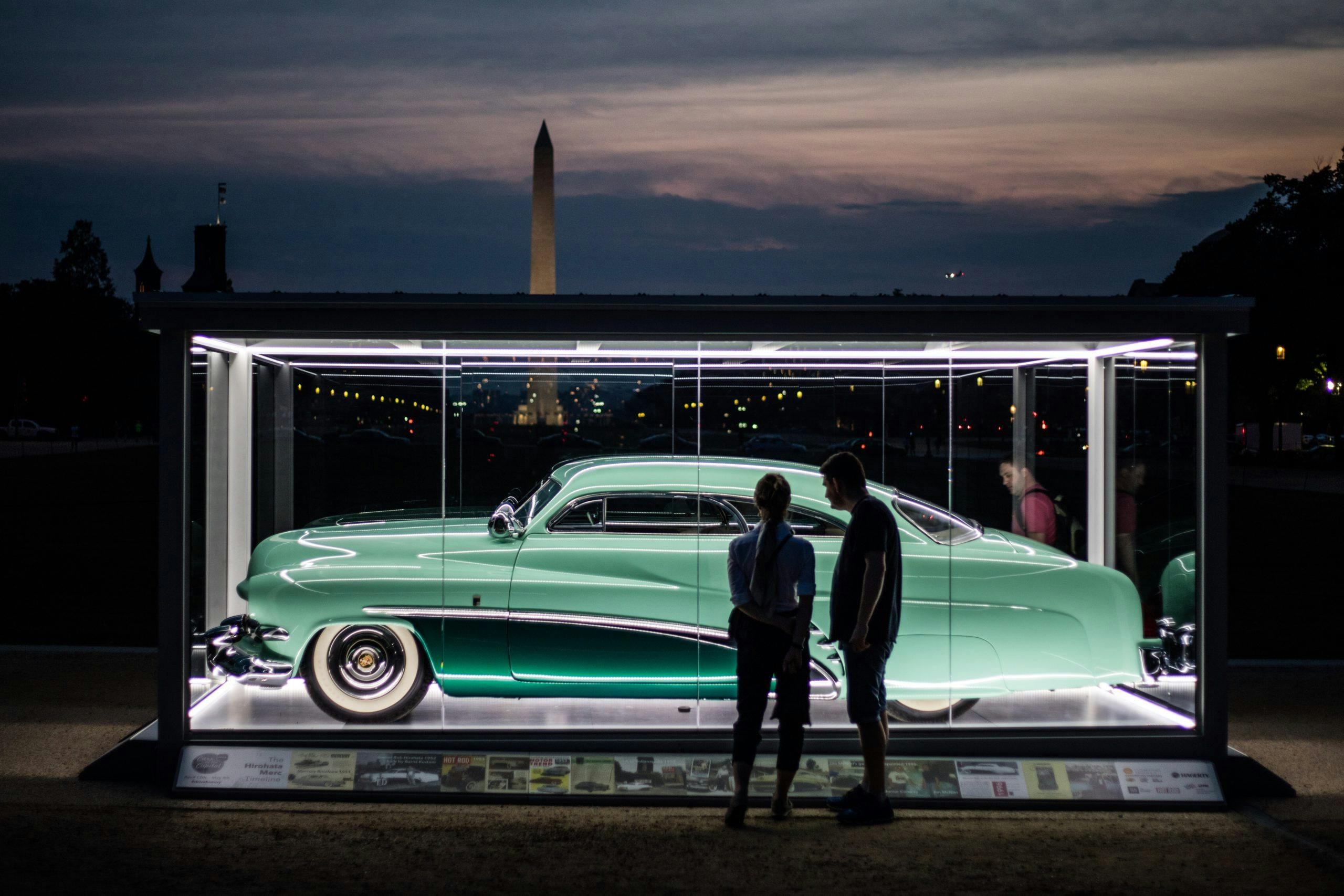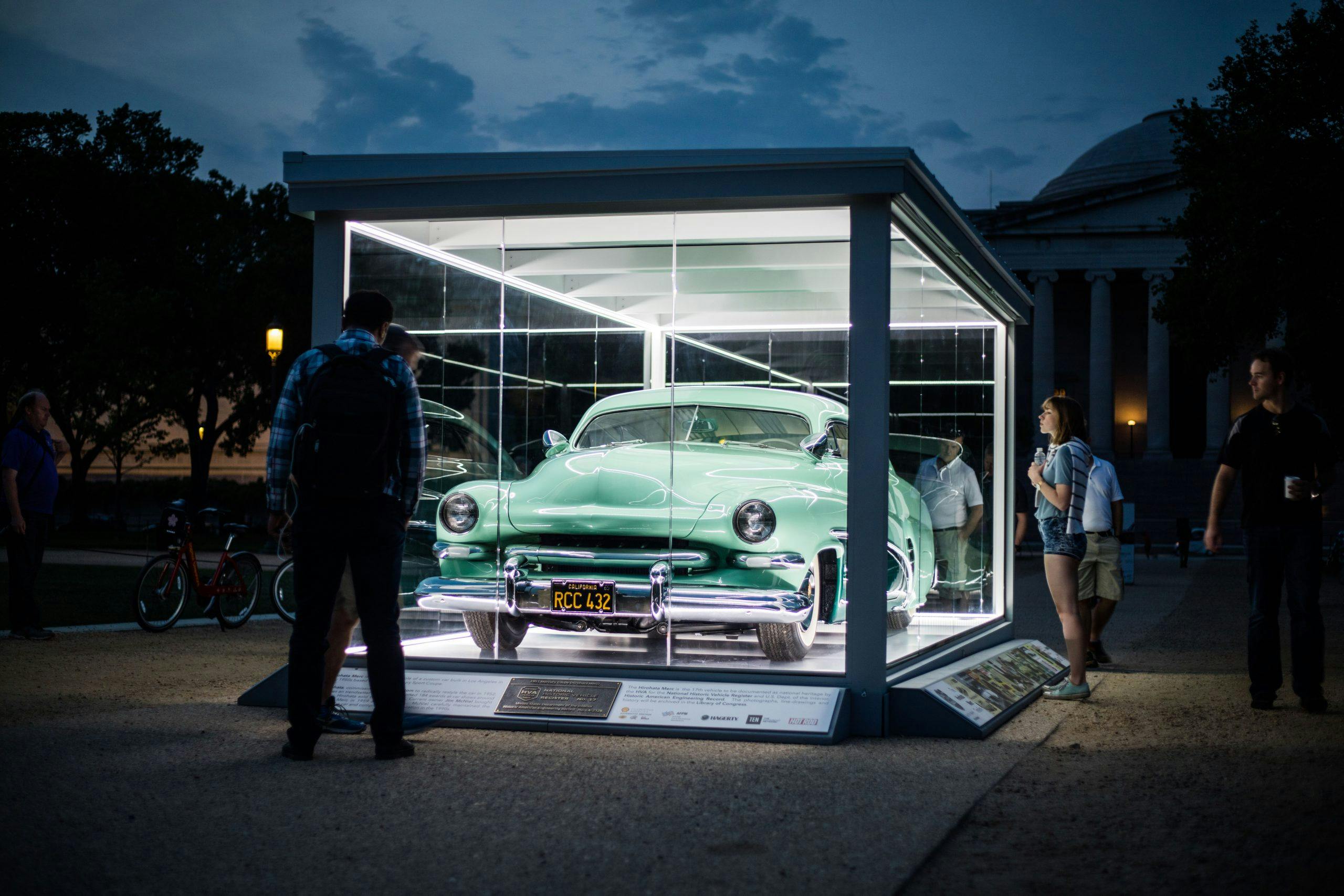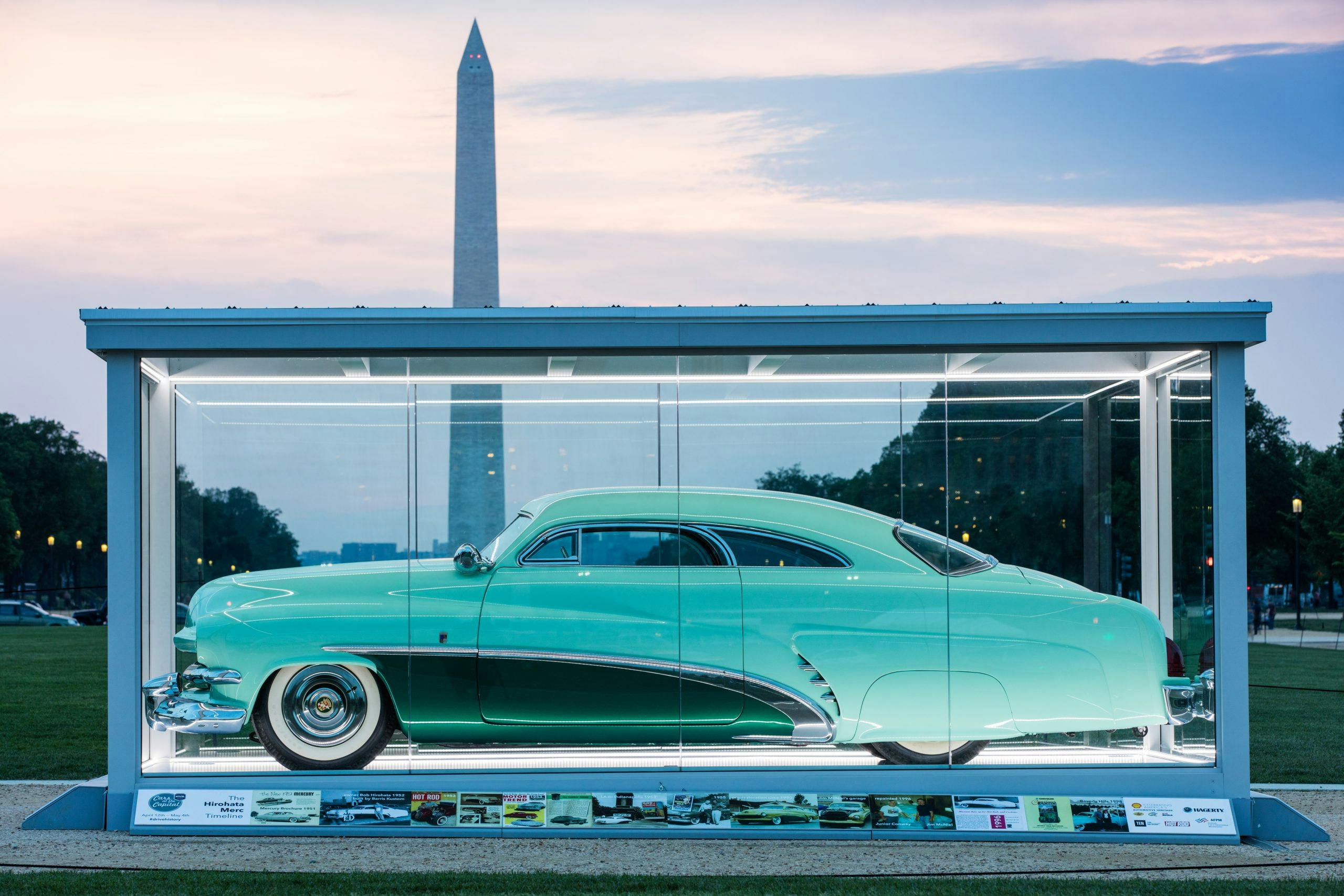Thanks to Barris Kustoms, this Hirohata Mercury fueled the custom car trend
Custom vehicles have been called coachbuilt cars for the common man, but there’s nothing common about the Hirohata Merc or the men who dreamed it and built it.
“As far back as I can remember, it’s been the car that gets talked about, because it made the new look,” says Herschel Conway in the first episode of The Hirohata Merc: Custom Legend, a four-part docuseries from the Historic Vehicle Association. “The other cars became mild customs alongside this radical custom.”
As automotive historian and author Pat Ganahl puts it, “It was the top. It was the best. It set the trend for custom cars.”
Fresh out of the Navy in 1952, Masato (Bob) Hirohata took his standard 1951 Mercury Coupe to brothers George and Sam Barris and requested that Barris Kustoms give it a pillarless “hardtop” look similar to what the shop had done to Nick Matranga’s then-famous 1940 Mercury Coupe. Beyond that, Hirohata encouraged the brothers to flex their creative muscle. And did they ever.
Assisted by Frank Sonzogni, the shop modified and customized nearly every square inch of the car, adding frenched headlamps, a custom grille built from three 1951 Ford grilles, and 1952 Buick side trim. The body character lines were modified, the corners of the doors and trunk were rounded, the dash and glovebox were pinstriped by the legendary Von Dutch, and the car was given a custom rolled-and-pleated upholstery job. Completing its head-turning look was a bright “Ice Green” paint job.
“[Looking at] the low stance and the profile, you could tell right away it wasn’t something you got from the dealer,” says Greg Sharp, curator and historian at the Wally Parks NHRA Motorsports Museum. “It’s the iconic chopped Merc, and the chopped Merc is the iconic custom car.”

We’ll hear all about how it came to be in future episodes. This time around, the HVA offers some context by sharing a bit of custom car history.
“The customizers were starting with a fairly cheap car that they could afford,” Ganahl says. And then they put “these more expensive parts on it to make it look like a more expensive car.”
Sharp says, “In those days, you got a car—period. There weren’t a host of options, so if you were going to personalize it and make it your own, you had to do it yourself or have it done.” Customizers used many techniques to do that. Sharp explains that lowering “definitely makes the car look sleeker,” but in show categories, “radical” means a custom car has been:
- Chopped, when “you take a section out of the roof and lower it back down,”
- Channeled, by “lowering the whole car over the frame,” or
- Sectioned, by “taking a strip of metal all the way around the side of the body to lower the profile.”
“Chopped Mercs became the iconic custom car,” Sharp says. “The lines of the ’49 to ’51 Mercury just lent themselves to that procedure.”
Jim McNiel, who owned the Merc for 59 years before he passed away in 2018, called it the greatest form of self-expression.
“It’s the healthiest thing you can do to get your personality out there in your car and let people see how you think … This is who I am, right there,” he says in the video. “It’s from the heart.”
The Hirohata Mercury has plenty of heart.
“It broke new ground,” says Conway, who was given the nickname “Junior” when he began working for the Barris brothers as a teenager. “Today they can customize ’51 Mercurys over and over again, and nothing’s gonna top that car. It’s the one.”
In April 2017, the car became the 17th car added to the National Historic Vehicle Register.
The four-part Hirohata Mercury documentary is part of the HVA’s Drive History video initiative, which features vehicles in the Register and also showcases veteran preservationists, historians, and automotive experts. Videos are scheduled to be released every Wednesday.
We’ll be sure to keep you posted about each new episode; you can also stay in the loop by following the HVA on Facebook, Instagram, and Youtube.

